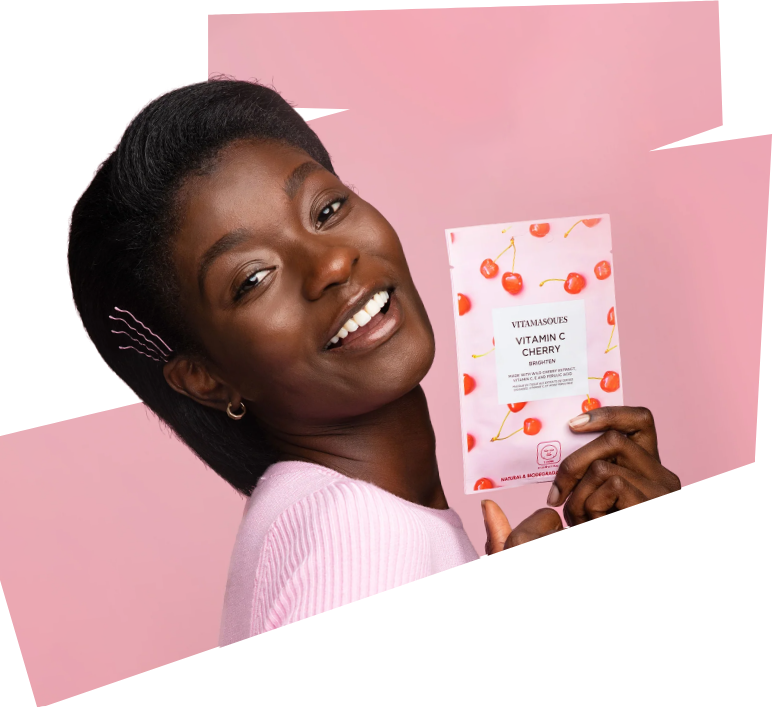SMS marketing is the perfect and most effective tool for cross-selling and up-selling to customers. SMS not only boasts a 99% open rate but also provides the personalization and improved response times necessary to be successful in cross-selling and upselling to your customers.
Let’s explore the meaning of cross-selling and upselling and why SMS marketing should play a larger role in your marketing strategy.
What is Cross-Selling and Up-Selling?
Cross-selling and upselling are very similar. Regardless of which method you’re using, the goal is to help the customer visualize the benefit of buying an item that complements and fulfills a need not met by their original purchase; or committing to buying a higher priced item that meets their needs better.
Upselling is a strategy best used on long-term, repeat customers that have a history with the business. These customers tend to be more accepting of the recommendations given to them by the business due to the trust built over time. Showing other higher priced models or variations of an item they are already interested in purchasing, increases your AOV and helps the customer feel more satisfied after completing the purchase.
Cross-selling can be easily employed by giving suggestions of complementary items for the customer to buy along with the item they are already purchasing. For example, suggesting other cooking utensils or pots and pans to someone who just added a frying pan to their cart would be considered cross-selling.
How effective is SMS?
Take a look at these ecommerce SMS marketing statistics we’ve compiled and see for yourself:
- 1 in 3 consumers checks their text notifications within one minute of receiving a text.
- More than half of consumers (51%) reply to a text message within 1-2 minutes.
- Text marketing is incredibly effective, with SMS open rates as high as 98%.
- Unlike most marketing channels, SMS marketing continues to be a best kept secret; 61% of marketers still don’t use it.
- SMS marketing click-through rates for ecommerce brands can be as high as 36%.
- More than half of consumers check their text messages 11 times a day or more.
- On an average day, consumers check their text messages more than any other app on their phones.
- In 2022, 70% of consumers opted in to receive texts from businesses.
- 61% of consumers say they want the ability to text a business back.
- Customers don’t just want you to text them; 43% of consumers said they have proactively texted a business.
- 33% of SMS recipients react to CTAs in SMS marketing messages, and 47% of them end up making a purchase as a result.
- 60% of business owners who text their customers plan on increasing their SMS marketing budget in 2022.
Email versus SMS Marketing
Most ecommerce companies rely primarily on email to engage their clients. While there is still room for email in today’s marketing strategy, when comparing the effectiveness of email and SMS, the results provided by SMS are astounding.
SMS marketing click-through rates are significantly higher than email click-through rates are. Click-through rates between 20% and 35% are reported by many businesses. On the other hand, 64% of business owners report only a 1% to 10% click-through rate for email. The average click-through rate for email marketing is under 3%, though.
Many times, emails end up in spam folders or are simply ignored entirely. Unopened emails are wasted marketing revenue and time that your business could be directing elsewhere. Sure, you can continue to have email play a role in your marketing strategy, but SMS should be a main focus.
Product Suggestions: In this instance the customer has already chosen to purchase an item for your ecommerce business. Congratulations! Now a great way to cross-sell is by suggesting a complementing product that they may have already been contemplating purchasing. This drastically increases your customer’s lifetime value
You can accomplish this in many different ways, but some options are sending an SMS with a link to a tutorial video of the item recently purchased that includes suggestions of other complementing products. You can offer limited time discounts on a similar product or send click-to-buy links of items that the customer viewed, but did not purchase.
Customized Discount Codes : Discount codes sent with post-purchase texts are a great way to get customers to return while cross-selling and or upselling. You can choose what you want these texts to say, but here are a few examples:
“Bazinga! Now that was a great deal on those sunglasses! As a thank you for your very first purchase, here is a code for 25% off your next purchase!”
“Even sasquatch loves the fresh-smelling forest scents of Pine Tar & Co. Soaps! Now that you are using (and hopefully enjoying) the soap you purchased, ready to try out one of our other scents? Here is a 15% promo code for your next purchase.”
Subscription Offerings: A simple way to keep your customer coming back month after month is by offering a subscription. A gentle reminder can be sent through SMS to the customer each time they make a purchase encouraging them to take advantage of the 10% off every time this product is shipped when they have enrolled in your subscription.
As you can see, SMS is a powerful tool that you can use to keep customers informed while capitalizing on the strong open rates and attention of the consumer to also cross promote and upsell simultaneously. It’s really a no-brainer in today’s marketing world!
About the Author: Michael Lazar is an Executive at ReadyCloud, a multichannel ecommerce CRM software solution for online retailers with seamless returns software automation for today’s busy online retailer.
A leading SEO expert, Lazar has authored guides for countless companies and brands, helping online retailers improve their process, gain more traction and alleviate pain points and bottlenecks along the way.






